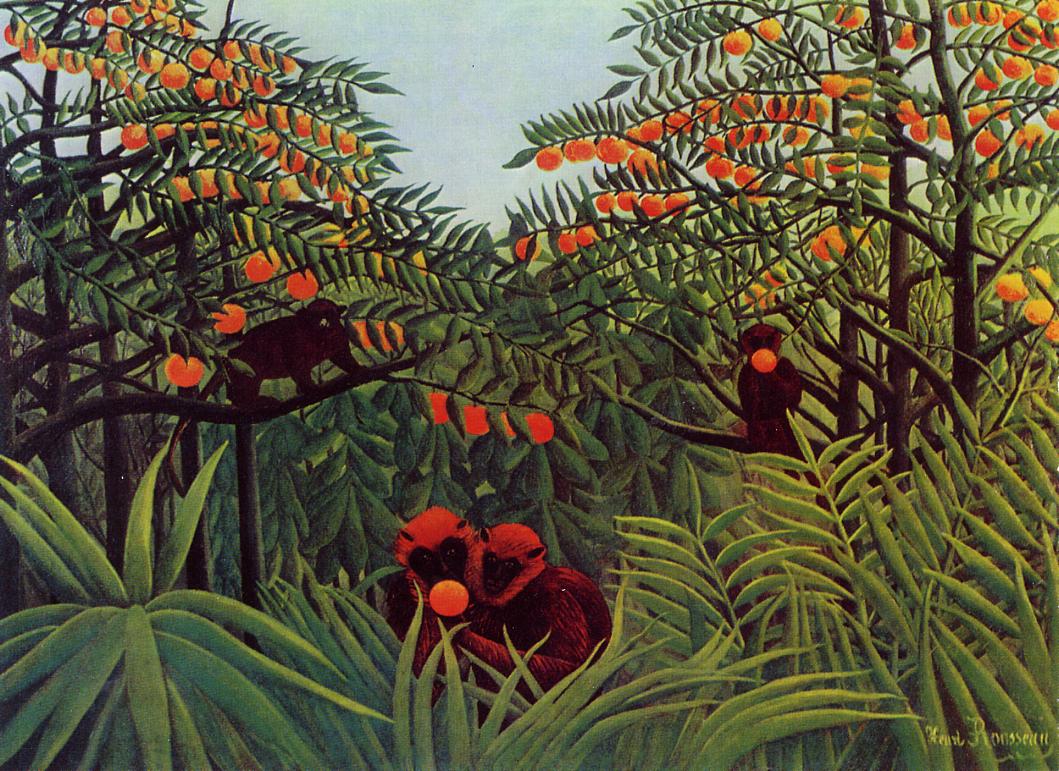Beauty matters. It is up there with love and friendship and good food as one of the terminal values of existence, one of the reasons life is worth living.
But what is it? Where does it come from? Why are we able to see it?
Perhaps those questions are best answered by determining what beauty is not. I offer that beauty is not a property of things.
It certainly feels like a property of things. We say, “This statue is beautiful.” “This person is gorgeous.” “This forest is lovely.”
But if beauty were an inherent quality of the statue, the person, the forest, then you’d need an explanation for why different people disagree on the beauty of those things. A same forest may be a stressful place of danger to some — hardly something beautiful — and a soothing sight to others. A person may seem gorgeous to their lover but nothing special to a random passerby. A statue may trigger passionate debates about its beautifying effect, or lack thereof, in the public space.
If beauty were an inherent quality of things, then it should be much easier to agree on what art is the most beautiful.
It is possible to craft explanations for aesthetic disagreement, but they are like adding epicycles to your incorrect model of planetary movements. The more elegant solution is that something is going on in people’s minds to cause varying reactions. You could call that “taste.” But really, it’s what beauty actually is: a complex process, in our heads, that triggers a positive emotion to certain things we experience.
Beauty is in the brain of the beholder.
This implies that our sense of beauty had to somehow evolve. There must be a reason for the chaotic process of biological evolution to make our brains perceive beauty, whether as a side effect of something else, or to fulfill a specific purpose directly.
It seems likely that the ability to see beauty evolved as a form of curiosity — a way to make us pay attention to the good things, where “good” means whatever you need or want at the moment.
Some things are almost universally good for human beings. Unspoiled food, for instance, is usually beautiful, since we always need it, although it will be less attractive when you’re full. Health and strength in people almost always makes them look beautiful, since they are a sign of lack of disease, an almost universally bad thing.
Other things are good only in context. Calm is good, when you feel stressed; excitement is good, when you feel bored. Thus a calm forest or a dense crowd can both feel beautiful, for different people, or at different times. For most pairs of antonyms, you can find beauty in either term. Order or chaos. Light or dark. Ornamentation or minimalism.
The most interesting such pair is novelty and familiarity.
Novelty is an enormous contributor to the perception of beauty. Our brains want us to pay attention to what is unusual, rare, different — because that thing carries more information about our environment than the rest. Novelty could be a lone red fruit in a green forest, or the unusual shape of a dangerous snake.
Novelty is such a powerful force that it can make the bad seem beautiful. Violence is never desirable or fun, but a violent piece of art or media — a Greek myth, perhaps — can be very attractive when you live a life of peace. Some of the weirder contemporary art is made purposefully to create novelty and, as a result, beauty (although perhaps not for everyone).
Yet the opposite of novelty, familiarity, is also a creator of beauty. We enjoy things we know because they are predictable, comfortable. They make us feel good. And so, sometimes, our feeling of beauty grows as we get to know a thing better. You may like a song more after listening to it fifteen times. You may find your spouse more beautiful after having lived with them for fifteen years.
Because beauty is a mix of universal and contextual goods, we can’t say it is either fully objective nor fully subjective. Given a group of people — whether all of humanity, or a single person, or anything in between — there are things that will be objectively beautiful to those. And there are things whose beauty will depend a lot on what individuals want at a given time.
Therefore this essay offers a reframing: Seeing beauty as a property of things is intuitive; but by leaving this frame and choosing to see beauty, instead, as a process in the brain, you can get a certain mastery over it.
It is possible to find beauty in almost anything by manipulating your desires. You can expose yourself to something enough that it becomes familiar, and therefore beautiful; or conversely, you can deliberately avoid it to preserve its novelty. You can decide that you want to look at red things, and suddenly red things will feel more beautiful. Since beauty is not inherently tied to things, you have far more control over it than you may think.
It is possible to become more aware of the tricks artists and marketers use to create appealing things, and decide what you want to pay attention to. If you know, for instance, that color is not inherently beautiful, then your attention will be less likely to be grabbed by a colorful display.
It is possible to become better at beauty-making. By realizing that beauty is happening in the brain, then you can focus on understanding your audience as an artist. A better model of what your audience wants will allow you to create beauty for them more easily.
Beauty is not a property of things; it is, rather, a form of awareness. Study beauty, ask what it truly is — and suddenly your awareness increases, the world becomes more beautiful, and life becomes even more worth living.

